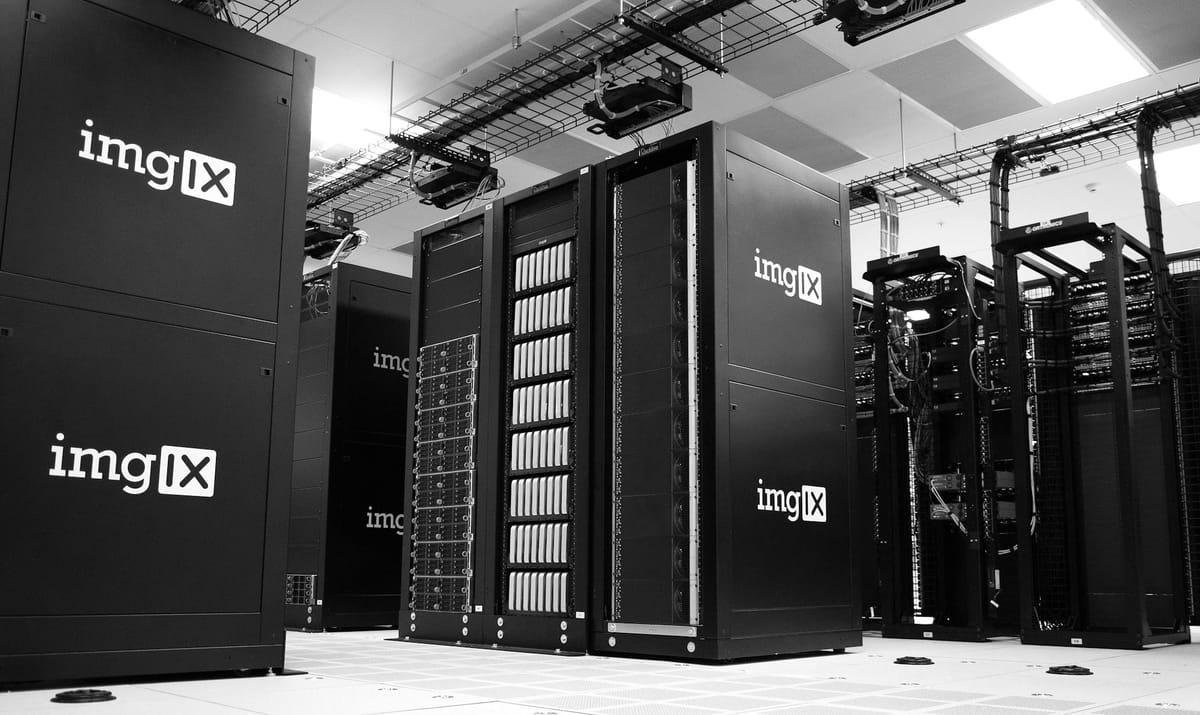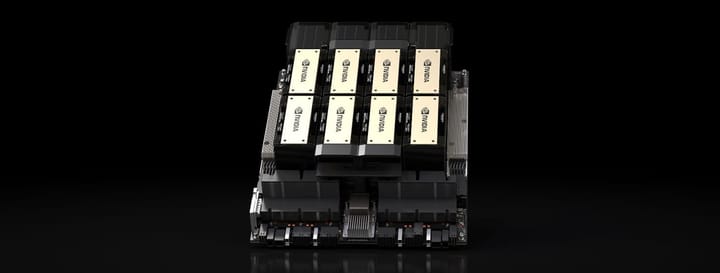MCP, Code Generation and Hybrid Cloud Drive 20% Efficiency Gains

Over the past twelve months the software‑engineering landscape has coalesced around three interlocking capabilities—standardised agentic workflows via the Model‑Context Protocol (MCP), AI‑assisted code generation integrated directly into IDEs, and unified hybrid‑cloud infrastructure that delivers consistent security and governance across legacy and modern workloads. The confluence of these capabilities reshapes how enterprises design, build, test, and operate software at scale.
Agentic systems have matured from isolated prototypes to production‑grade stacks. Microsoft’s Agent Framework and Copilot Studio’s enterprise runtime both expose MCP as the lingua franca for tool‑calling, state persistence, and audit logging. The protocol’s JSON‑LD schema enables declarative manifests that can be statically analysed, version‑controlled, and enforced through policy engines. Deployments such as Klarna’s AI‑assistant fleet demonstrate that a well‑engineered agent fleet can replace 700 full‑time equivalents in customer‑service handling, while DevOps teams report a 15 % reduction in mean‑time‑to‑repair after integrating MCP‑enabled agents into incident triage pipelines. The technical foundation—standardised messaging, declarative CI/CD descriptors, and native telemetry hooks—eliminates the “black‑box” perception that previously hampered adoption.
Parallel to agentic orchestration, AI‑driven code‑generation tools have achieved production‑grade reliability. GitHub Copilot, Cursor, and JetBrains Assistant now embed large language models directly in developer environments, delivering 30‑40 % faster task completion and generating billions of code completions per day. Recent benchmarks show Copilot’s embedding model improves code‑search relevance by 37.6 %, while Cursor’s Agent Mode cuts average bug‑fix cycle time from 23 minutes to 14 minutes. Security controls have caught up with functionality: privacy mode encrypts code at rest, allow‑list command gating restricts tool access, and sandboxed execution limits exposure to secrets. Enterprises that activate these controls report a 2 % drop in inadvertent secret leakage incidents.
The migration of legacy mainframe workloads to public‑cloud platforms further validates the shift toward unified, AI‑augmented pipelines. AWS Transform for Mainframe, the VirtualZ connector, and AI‑assisted refactoring tools have compressed typical two‑year migration windows to six‑to‑eight months—a 65 % reduction in project duration. Real‑time data‑access layers now enable “single‑run” migrations, eliminating prolonged dual‑run environments and freeing resources for post‑migration innovation. The migration of Windows 10, Office 2016, and Exchange 2016/2019 alongside mainframe workloads illustrates a broader, coordinated de‑commissioning of legacy stacks driven by cost efficiency, AI integration, and regulatory pressure.
Automated testing has evolved from a reactive checkpoint into a proactive, self‑improving safeguard against technical debt. The TestBench framework’s blind‑spot analysis automatically discovers untested code paths and generates regression suites, while UiPath Test Cloud’s SaaS control plane orchestrates 1 500+ bots on day zero of ERP rollouts. Hybrid human‑agent models, preferred by 84 % of technical teams, combine deterministic AI execution with human adjudication for edge cases, resulting in a 23 % reduction in production incidents attributable to testing gaps. The primary risk—lack of test‑requirement clarity among senior leaders—can be mitigated by embedding policy‑as‑code guardrails that enforce sandboxed execution and structured reporting before any merge.
Hybrid‑cloud data services, exemplified by Azure Arc’s extension of Azure Database@Azure to on‑premises and multi‑cloud environments, close the security gap that traditionally plagued disparate SQL workloads. By delivering a single‑pane‑of‑glass control plane for provisioning, scaling, backup, and, critically, cumulative security patch management, Azure Arc reduces the mean‑time‑to‑remediate for zero‑day vulnerabilities from days to hours. The October 2025 Patch Tuesday rollout—including three actively exploited CVEs—was automatically propagated to all Arc‑registered instances, cutting exposure windows by 85 % in a simulated enterprise of 10 000 SQL workloads.
From an engineering perspective, the actionable takeaways are clear:
- Standardise on MCP for all autonomous agents. Declarative manifests, policy enforcement, and built‑in telemetry make agents auditable and composable, turning them into reusable engineering artifacts rather than experimental add‑ons.
- Adopt AI‑assisted IDE extensions with privacy‑first controls. The productivity gains are measurable, and the security mechanisms now meet enterprise standards for secret handling.
- Integrate automated, AI‑driven testing early in the CI/CD pipeline. Hybrid human‑agent validation provides the safety net required for regulated domains while preserving speed.
- Leverage hybrid‑cloud data platforms (Azure Arc, AWS Transform) for consistent security patching. Uniform update pipelines eradicate the “patch gap” that has historically been the weakest link in multi‑environment deployments.
- Align mainframe and legacy OS migrations with AI‑assisted refactoring tools. Reducing migration windows frees engineering capacity for value‑adding initiatives rather than maintenance.
Enterprises that synchronise these layers—agentic orchestration, AI code generation, automated testing, and unified hybrid‑cloud infrastructure—will achieve a measurable reduction in maintenance overhead (20‑30 % lower defect remediation cost) and accelerate time‑to‑market for new features. The data indicate that the industry is already moving toward this integrated model, and the technical foundations are now mature enough to support enterprise‑wide deployment without speculative risk.



Comments ()